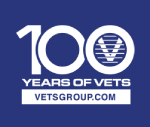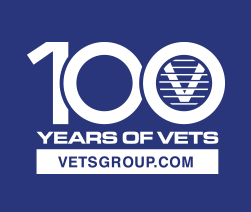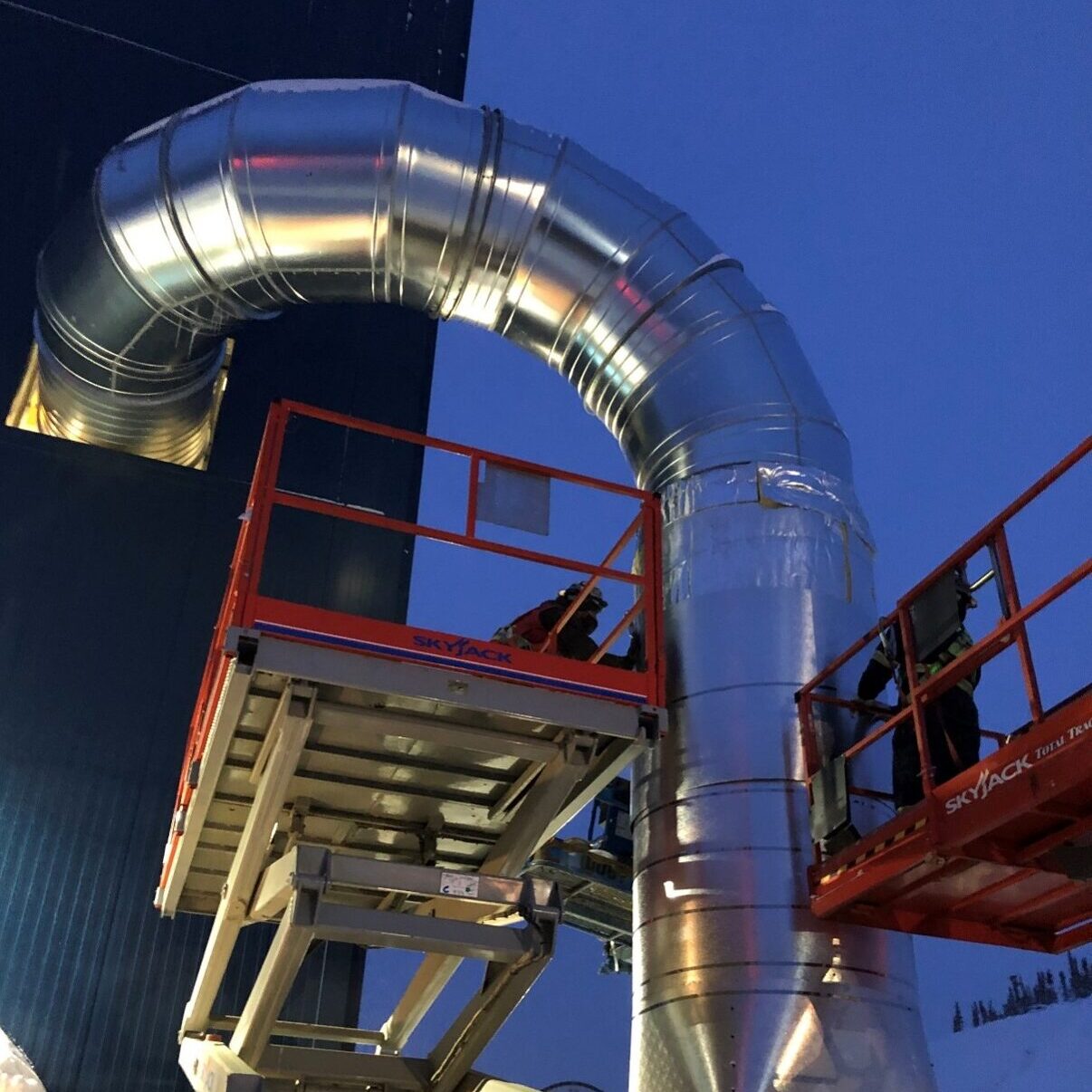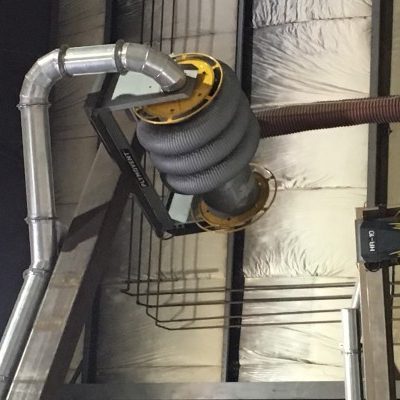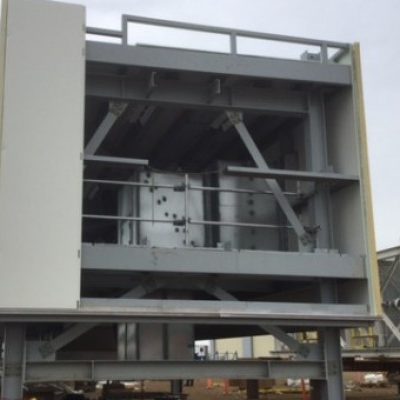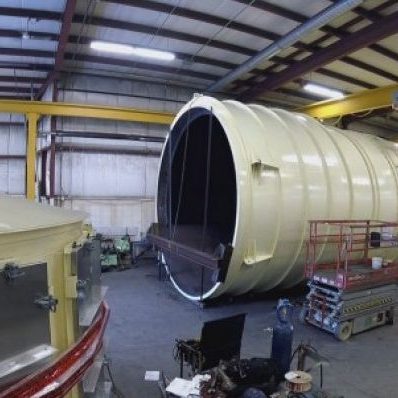Without adequate industrial ventilation in your facility, you are quite literally doing production in a volatile powder keg.
Risks of Poor Ventilation
- Exposing employees to harmful gases and debris through poor industrial ventilation can be fatal. When these toxins and contaminants are allowed to build up either within a mechanical system or in the facility itself, they produce a combustible risk, even with the smallest electrical spark.
- Poor industrial ventilation can be harmful to your equipment. Industrial HVAC system components not only require adequate airflow in to operate efficiently, they also must have viable exhaust to run as intended. Failure to properly ventilate can be dangerous and can lead to increased wear and tear, resulting in an early end of life/increased repairs for expensive equipment.
- You might be violating workplace safety codes without implementing adequate industrial ventilation practices in your facility. If that’s the case, you are putting your equipment, personnel, and building at an unnecessary risk.
Implementing Proper Industrial Ventilation Practices
- Proper industrial ventilation involves implementing a multi-faceted plan. Industrial ducting is used to send gas, air and debris to the proper outlets, while industrial dampers are used to invigorate airflow.
- Your facility needs to have adequate natural ventilation but also proactive ventilation.
Contact us for more information about upgrading your current ventilation setup.

